The pristine glaciers of Chile, an awe-inspiring testament to nature’s majesty and ecological balance, are rapidly melting away. These frozen giants, nestled amid the dramatic landscapes of the Andes and the sculpted terrains of Patagonia, house the purest ice found on Earth. Their disappearance poses a significant threat, not only altering ecosystems but also imperiling fresh water supplies and contributing to global sea-level rise. As climate change continues to accelerate glacial melt, scientists and conservationists are racing against time to preserve these vital yet vulnerable natural treasures.
Understanding Chile’s Glaciers
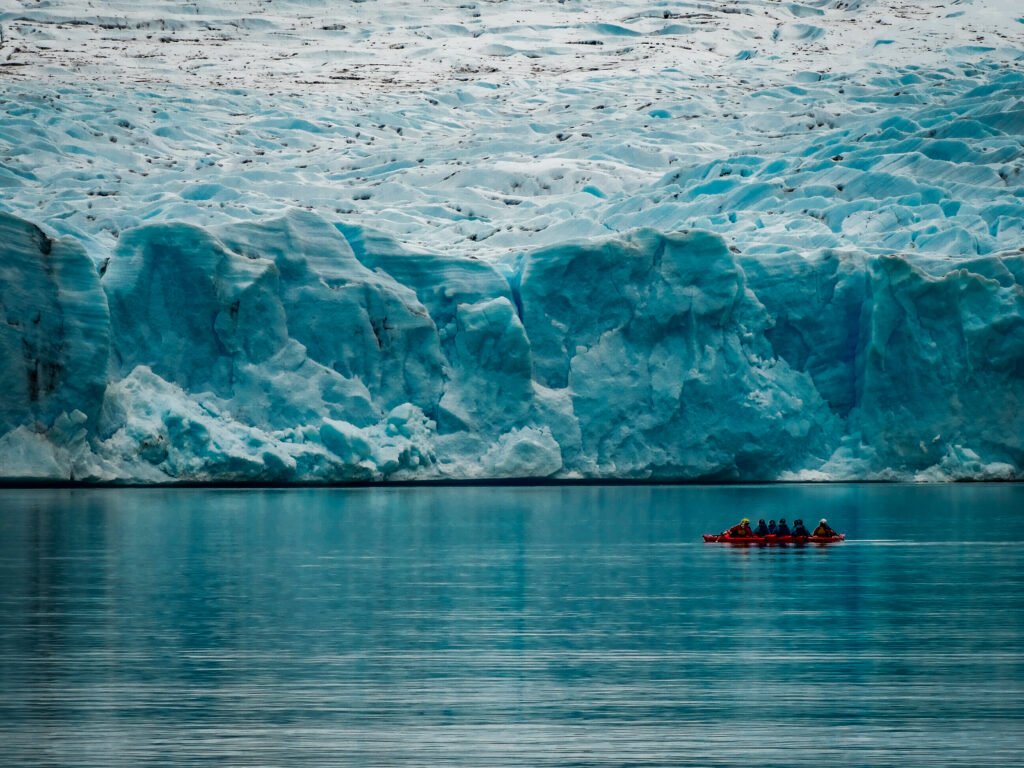
Chile is home to approximately 24,000 glaciers, accounting for about 82% of all glaciers in South America. These glaciers are a critical part of the region’s ecosystems and hydrological cycles, providing a steady supply of fresh water to rivers and communities below. The most iconic glaciers include those in the Northern and Southern Patagonian Ice Fields, which are among the largest ice masses in the world outside of Antarctica and Greenland.
The Importance of Glacial Ice
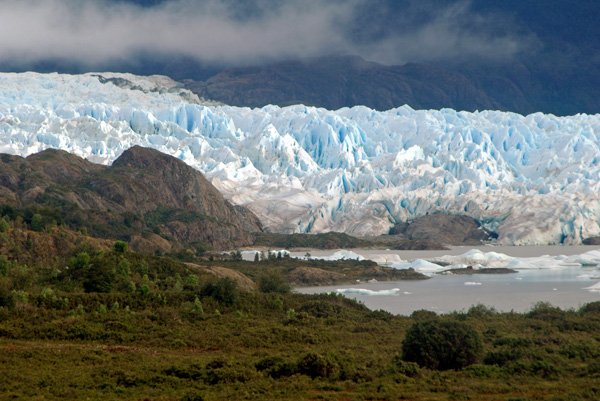
Glacial ice acts as Earth’s natural refrigerator, regulating global temperatures and climate patterns. Chilean glaciers, known for their uniquely pure ice, are crucial in maintaining this balance. The meltwater from these glaciers sustains diverse ecosystems, supports agriculture, and supplies drinking water to millions of people. Moreover, their pristine condition provides invaluable data for scientists studying past climates and current climate change impacts.
Factors Contributing to Glacier Melt
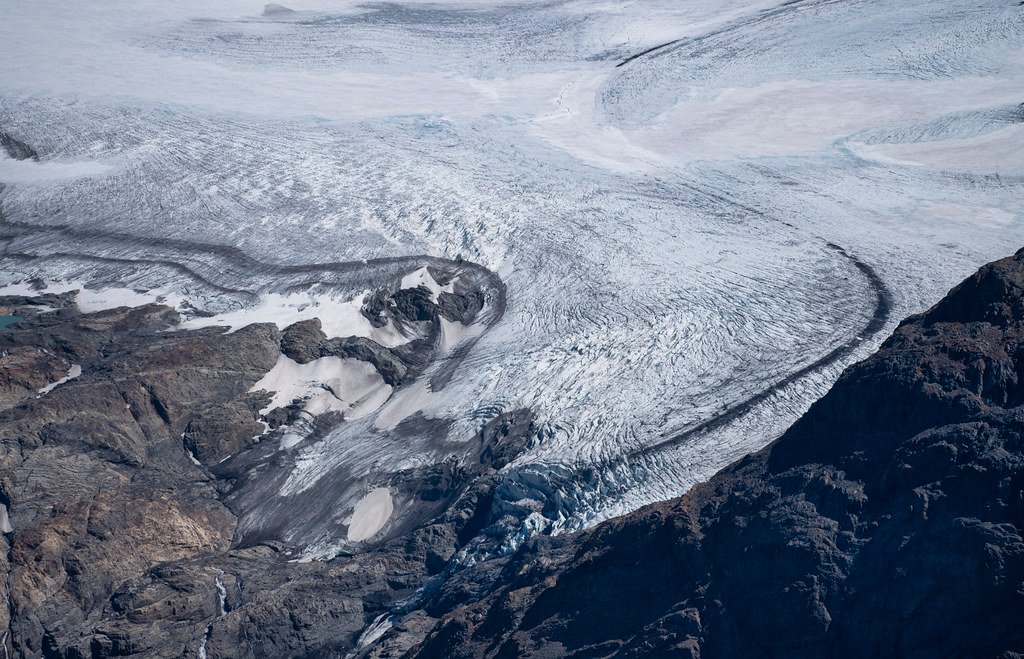
The primary cause of the accelerated glacier melt in Chile is global warming, driven by human-induced carbon emissions. Rising temperatures have led to increased rates of ice melting, and in some areas, glaciers are retreating at alarming speeds. Other factors include changes in precipitation patterns and black carbon deposits from pollution, which darken the ice surface and absorb more sunlight, hastening the melt.
The Impact on Local Communities
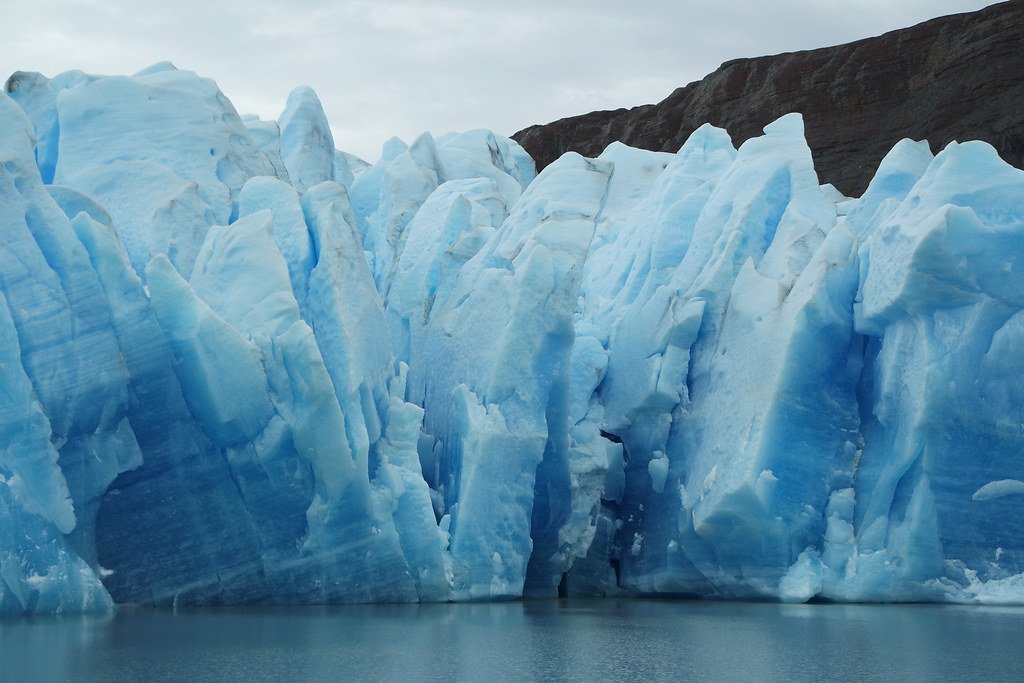
The rapid melting of glaciers is having profound effects on local communities across Chile. With glaciers shrinking, the availability of fresh water diminishes, threatening agriculture and drinking water supplies. Indigenous communities, whose cultural identities are closely linked to the health of these glaciers, face challenges in preserving their traditional ways of life amidst these environmental changes.
Consequences for Global Sea Levels
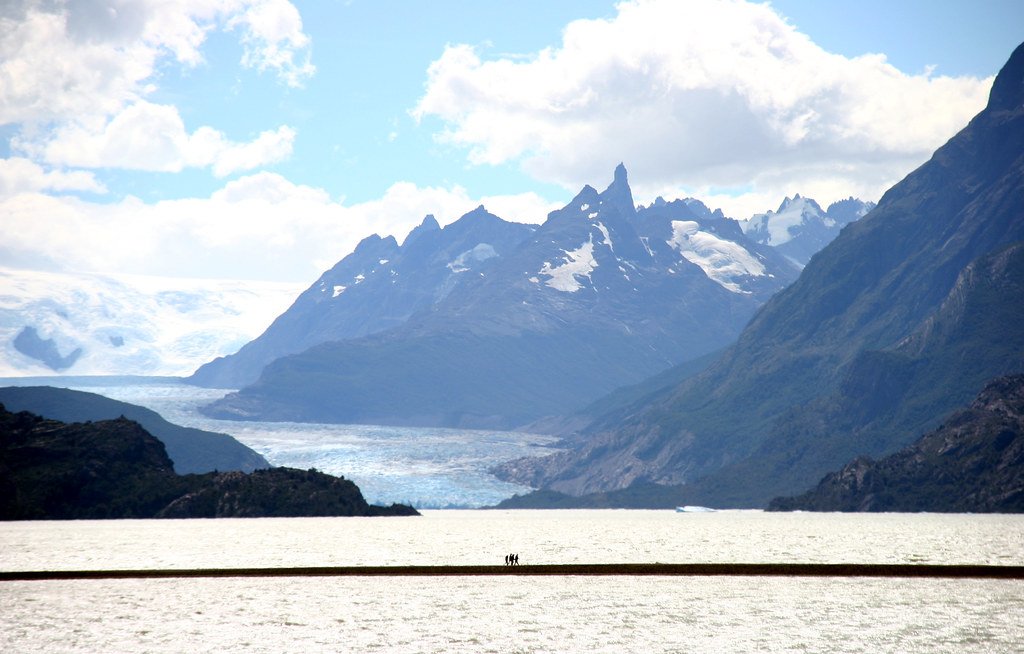
As Chilean glaciers melt, the increased flow of glacier water into the ocean contributes to global sea-level rise. This phenomenon poses a direct threat to coastal ecosystems and communities worldwide, leading to increased flooding, erosion, and loss of habitat. The implications of these changes are far-reaching, underscoring the urgency of addressing climate change and protecting glacial regions.
Tracking Changes in Glaciers
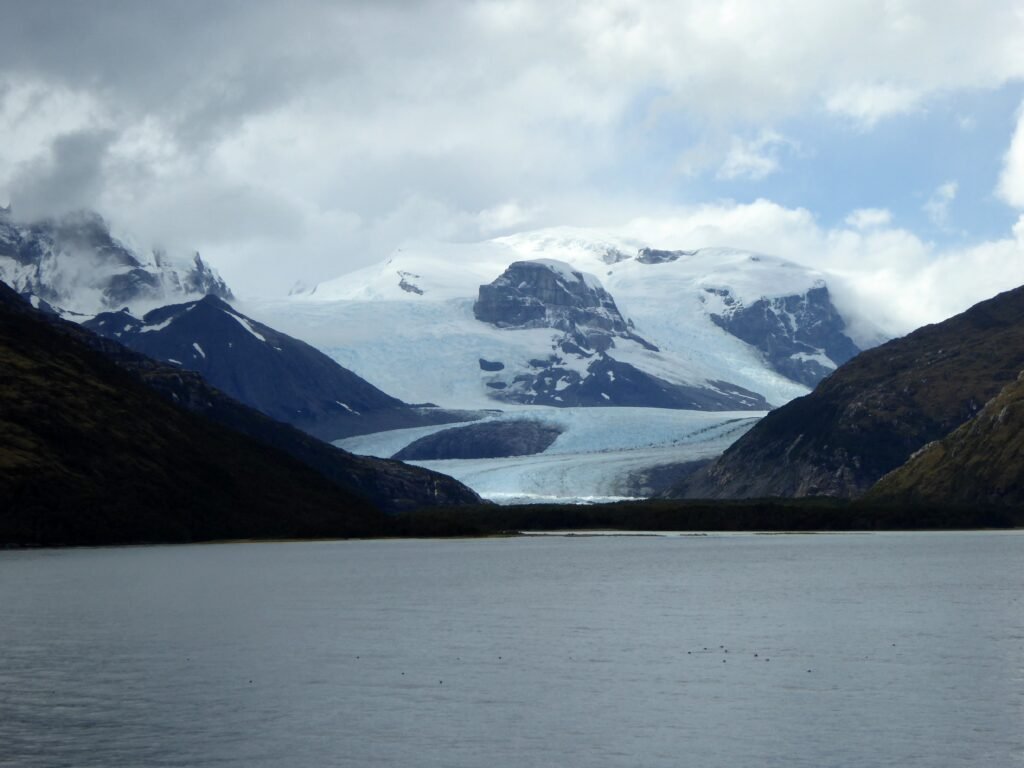
Relying on cutting-edge technology, researchers are meticulously tracking the changes in glacier mass, movement, and melt rates. Satellite imagery and GPS technology allow for the precise monitoring of glacial shrinkage over time. These data help scientists understand the dynamics of glacier retreat and develop models to predict future impacts under various climate scenarios.
Conservation Efforts and Strategies
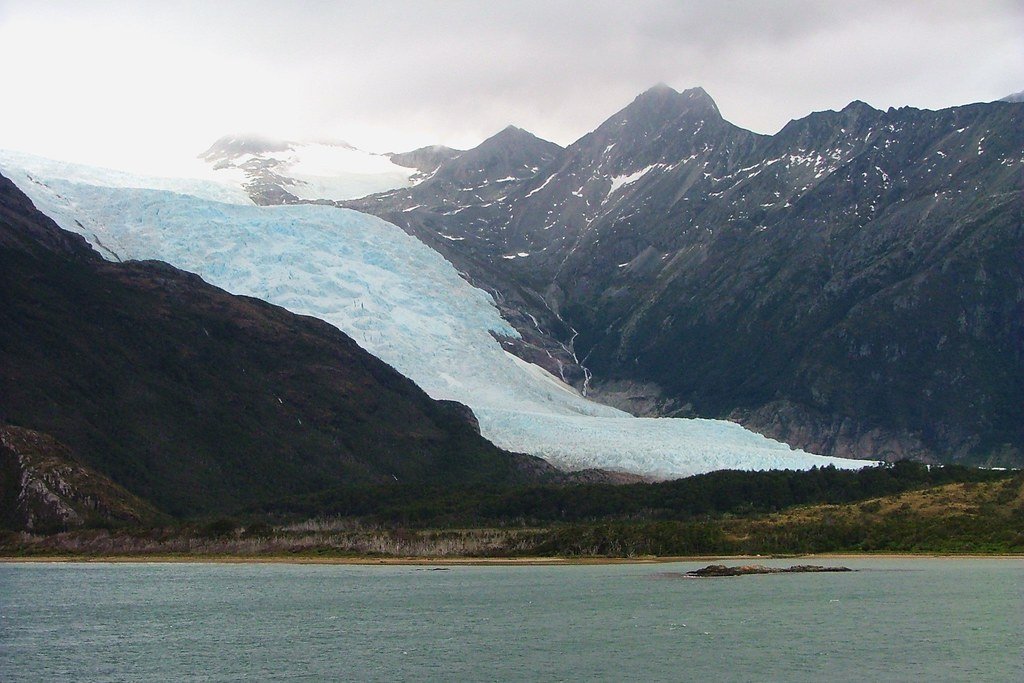
Efforts to preserve Chile’s glaciers involve a multi-pronged approach, including policy initiatives, community engagement, and scientific research. Protected areas and national parks have been established to shield significant glacial regions from human encroachment. Additionally, local and national governments are working with international bodies to implement policies aimed at reducing carbon emissions and promoting sustainable development.
The Role of Global Communities
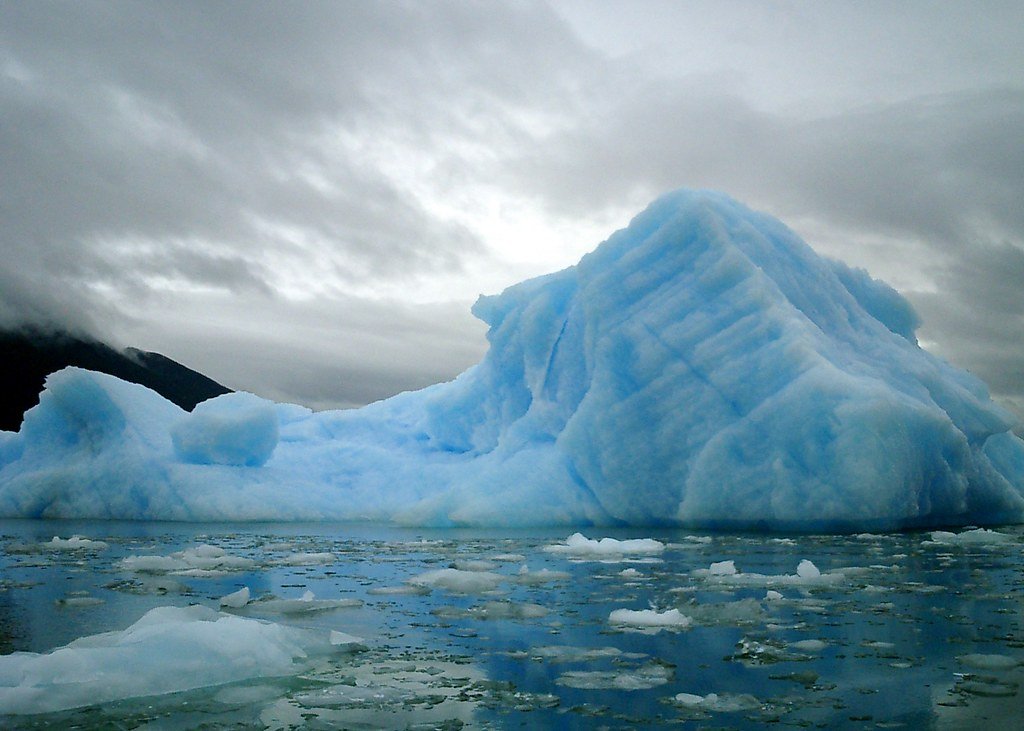
Global engagement and cooperation are crucial in the endeavour to protect Chile’s glaciers. Climate change is a global issue requiring coordinated international action. Through partnerships between governments, NGOs, and the global scientific community, efforts are being made to share research findings, share resources, and develop comprehensive strategies to mitigate the effects of climate change and support affected populations.
Promoting Sustainable Tourism
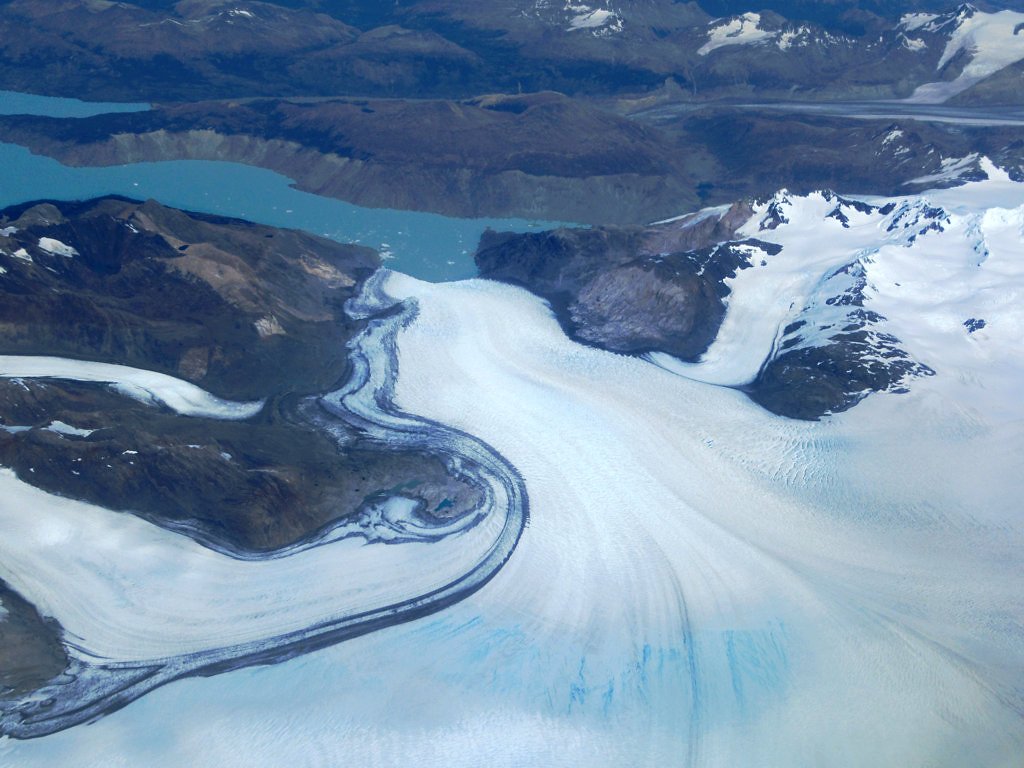
In an attempt to balance economic needs with environmental stewardship, Chile promotes sustainable tourism that emphasizes education and conservation. Visitors to glacial regions are encouraged to engage in low-impact activities that raise awareness about the importance of preserving these fragile environments. Tourism can provide the necessary funds and public interest to support ongoing conservation efforts, making it an essential component of the broader strategy to protect glaciers.
Conclusion: A Call to Action
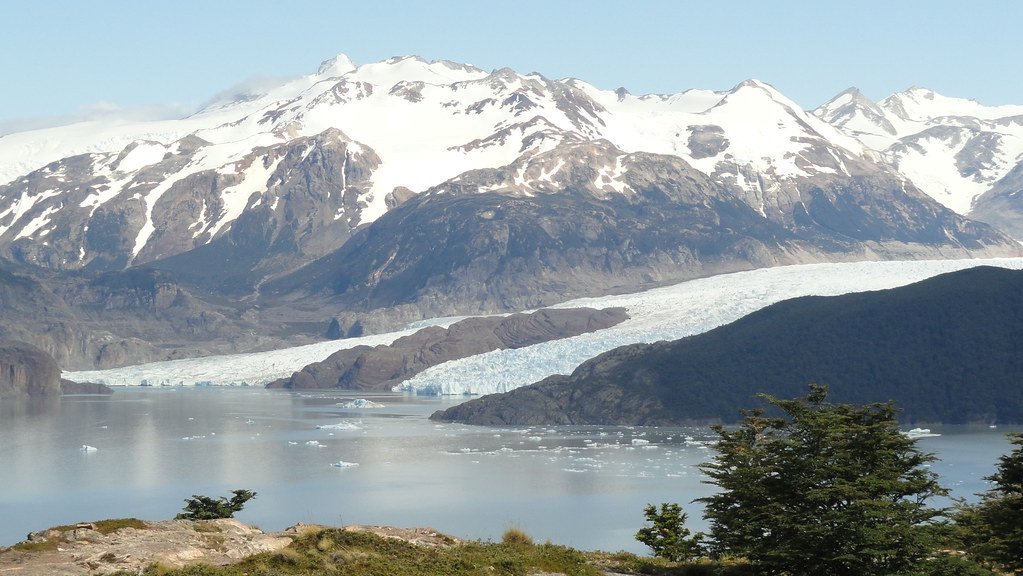
The glaciers of Chile stand at a critical tipping point. As these majestic ice formations continue to melt, the necessity for action becomes more urgent. Conserving Chile’s glaciers is not only about preserving natural beauty but also about safeguarding essential water resources, maintaining biodiversity, and protecting global coastal communities. By taking decisive action and fostering global cooperation, we can work toward a future where Chile’s glaciers and the ecosystems that depend on them prosper once again.




